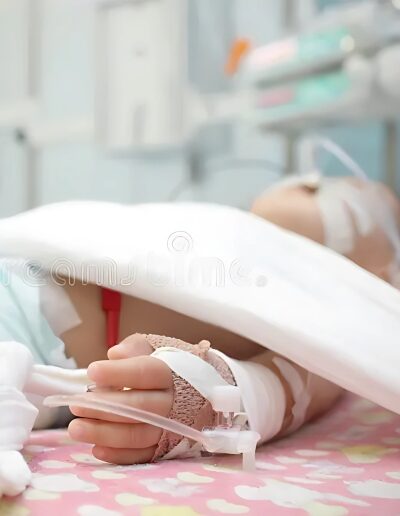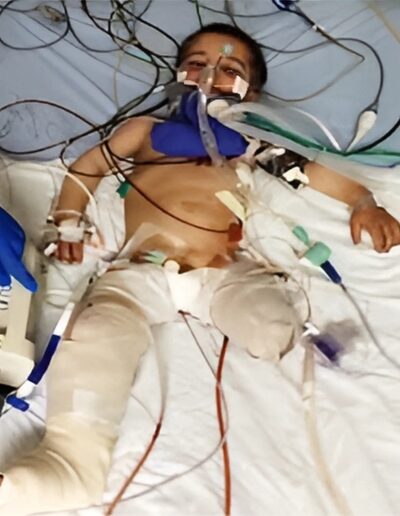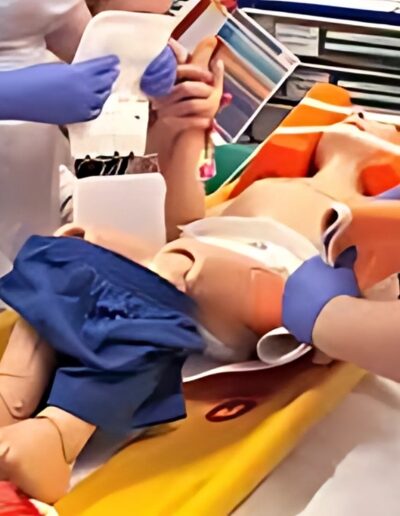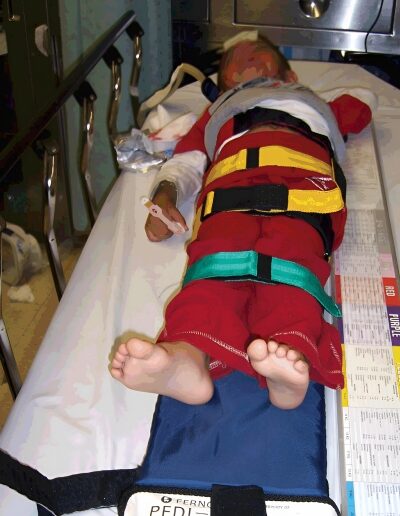



Children’s bones are dynamic due to the elastic property and growing ends. Due to this difference the principle of management of ‘fracture in child’, is totally different from adult. Paediatric orthopaedic surgeons carefully evaluate the fracture pattern and nature of injury and formulates the plan for management keeping in mind the growing ends and remodelling potential.
Many times the fracture unites satisfactorily, but the limb produces a secondary deformity due to growth plate injury (either during the injury or during the management process) or inappropriate treatment. Therefore the children need to be kept on regular and long term follow up and any complication/deformity during or after management must be promptly identified and treated.
The principles and guidelines in fracture management in children are different from adults and require expertise and holistic approach.
That Includes Like:
Cardiology is the medical specialty that deals with the diagnosis and treatment of diseases related to the heart and blood vessels. Basic knowledge of cardiology includes understanding the anatomy and function of the heart, the various cardiovascular diseases, risk factors for heart disease, diagnostic techniques such as electrocardiograms (ECGs) and echocardiograms, treatment options including medications, interventions, and surgeries, and preventive measures to maintain heart health.
It is important to note that these symptoms can also be caused by other conditions, and some individuals with heart disease may not experience any symptoms until a more advanced stage. If you are experiencing any concerning symptoms, it is recommended to consult a healthcare professional for a proper evaluation.